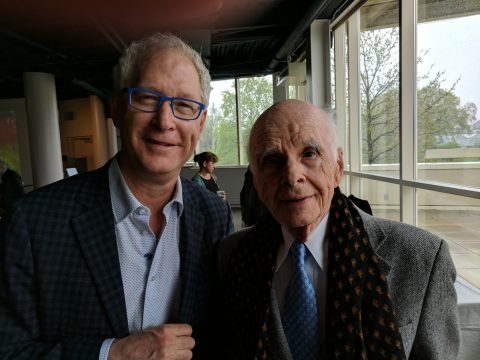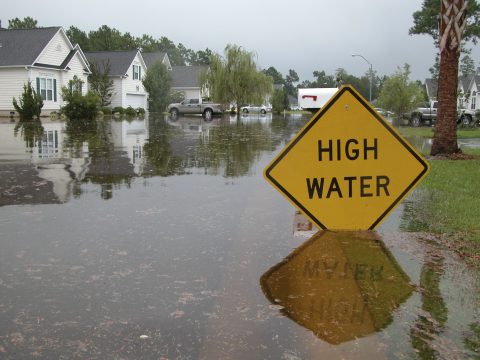
Overcoming Blind Spots for Business Growth– Part One
May 20, 2018
Overcoming Blind Spots for Business Growth – Part Three
May 22, 2018Cause and Effect
The gap between what those in the C-Suite see, hear and feel, and what their people see, hear and feel is now massive and growing. In strategic terms this is called misalignment. In leadership terms this is called dissonance. In cultural terms this is called dysfunction. In performance terms, this is why achieving sustained performance improvement is now so difficult.
The inability to understand the “cause-and-effect” mechanics of behaviour undermines confidence, in ourselves and in others. When you can’t explain to others what you so clearly see, feel and hear, you start to doubt yourself. When you are the one who is constantly hearing that you don’t get the big picture, it appears that you are clearly unmotivated or lacking in drive, and you start to doubt yourself. This is the biggest Catch-22 issue going.
Performance improvements are very difficult to sustain in VUCA, if you don’t understand the underlying cause-and-effect behaviour drivers.
We know a great deal about what great leaders do and how they do it. But up until recently, we knew very little about the inner place, the source from which they operate, and the associated logic and mechanics. Two leaders, or a leader and their manager will bring about completely different outcomes when confronted with the very same situation, depending on their own internal behavioural mechanics. When you throw VUCA into the mix, the gap between the two outcomes becomes massive.
By way of contrast, we know a bit about the inner dimension of athletes. Sports psychology has helped to identify mental toughness, emotional agility and the capacity needed to adapt to fluid, constantly changing situations. This knowledge has led to practices designed to enhance athletic performance from the “inside out,” so to speak. In the area of the arts, entertainment, music and creativity the reliance on “inside out” discipline has, over the years, become central to effectiveness and efficiency.
In the area of warfare, experience in Vietnam—and, later, in the Middle East—taught participants that the world of strategy, planning and structure no longer followed a linear path of cause and effect. It was no longer possible to clearly identify good guys from bad guys. Symmetry and linear logic, which used to inform engagement on the battlefield, was replaced by asymmetry and complex logic. In fact, it was the department of defense that first coined the term VUCA to categorize the new playing field as volatile, uncertain, complex and ambiguous. Given the precedent that the art of war set for business, leaders in strategy were quick to adopt the term VUCA to explain the new playing field for businesspeople.
In the theatre of leadership, personal transformation and sustained performance improvement, we know very little about these inner dimensions, and very seldom are specific techniques consciously applied to enhance performance.
“In a way, this lack of knowledge constitutes a blind spot in our approach to leadership and management,” notes Otto Scharmer, a senior lecturer at MIT. Scharmer is co-creator of the Society for Organizational Learning (SOL), and he is the author of Theory U and Leading from the Future as it Emerges.
What do you think about that? Are blind spots in your organization contributing to an overall level of performance that is less than stellar?
I’d love to hear from you – please feel free to get in touch to tell me how this all applies to your organization.






